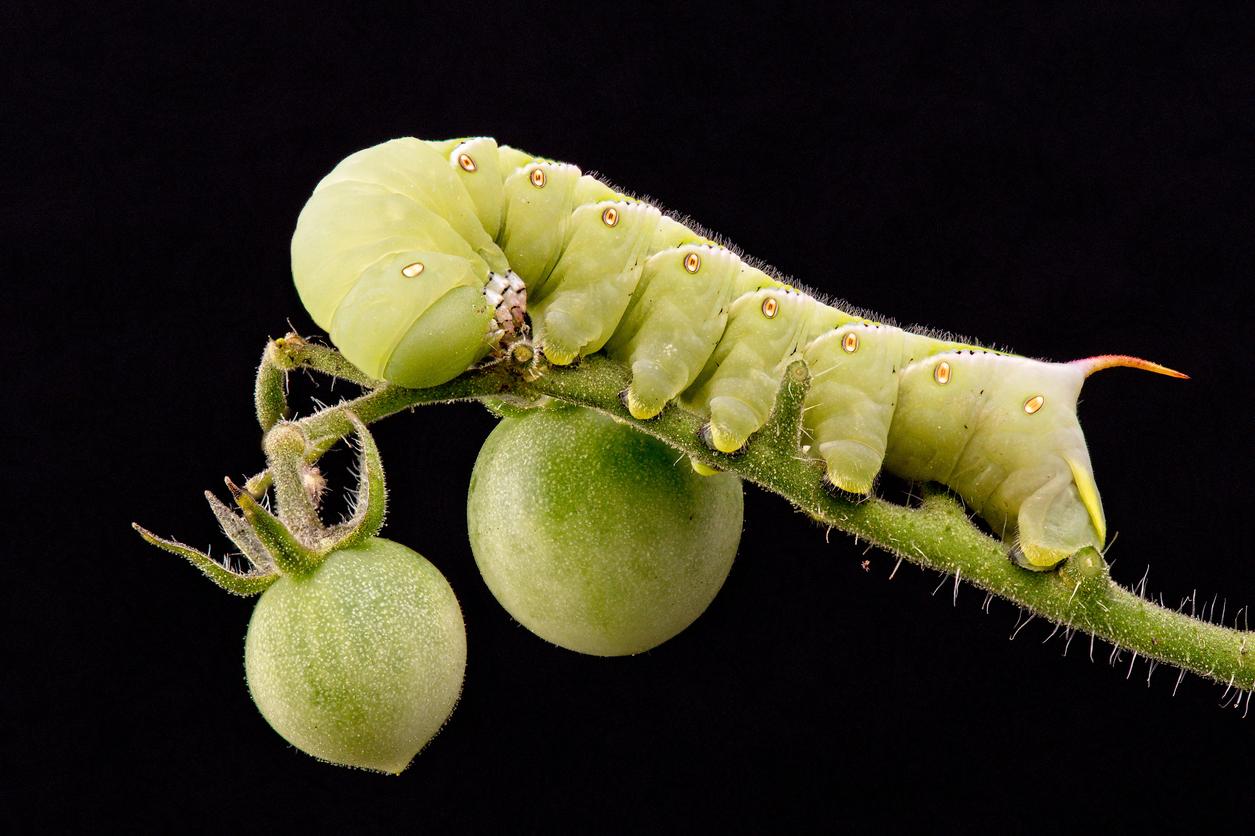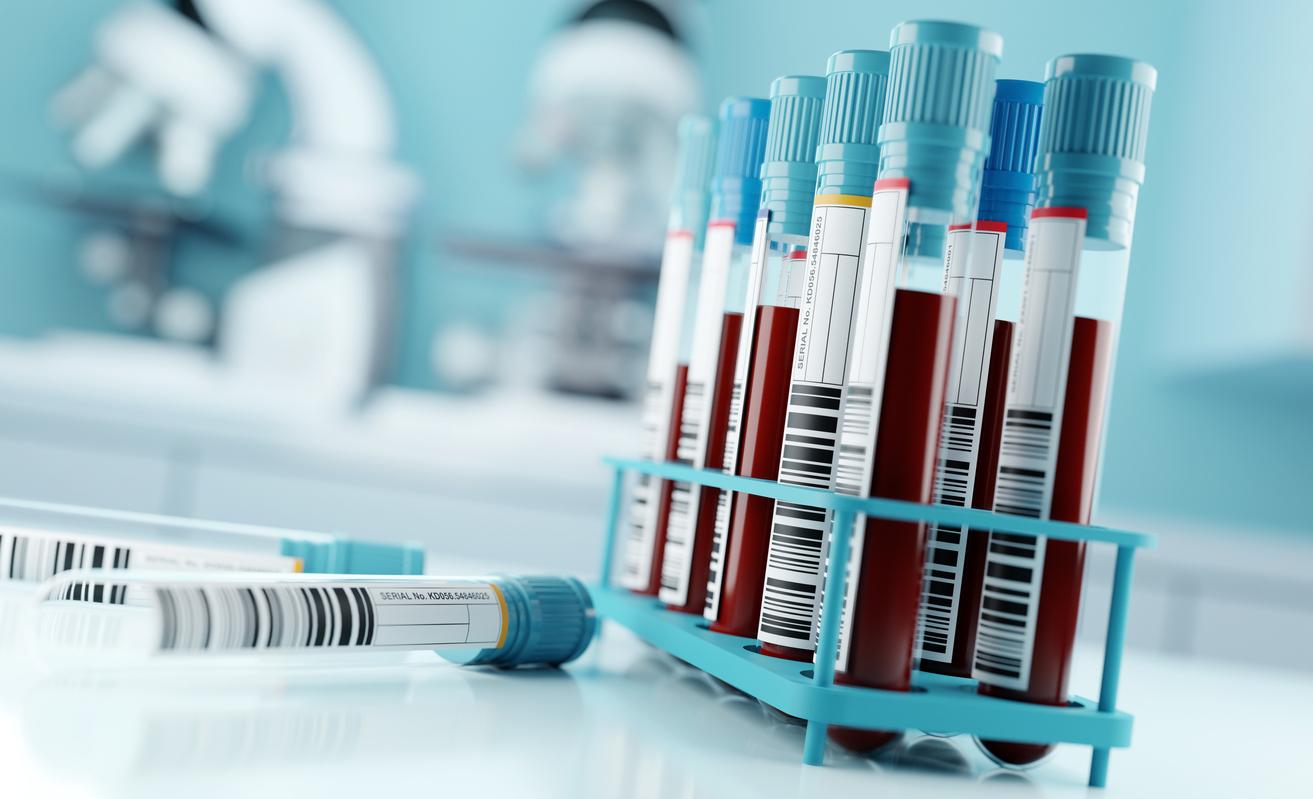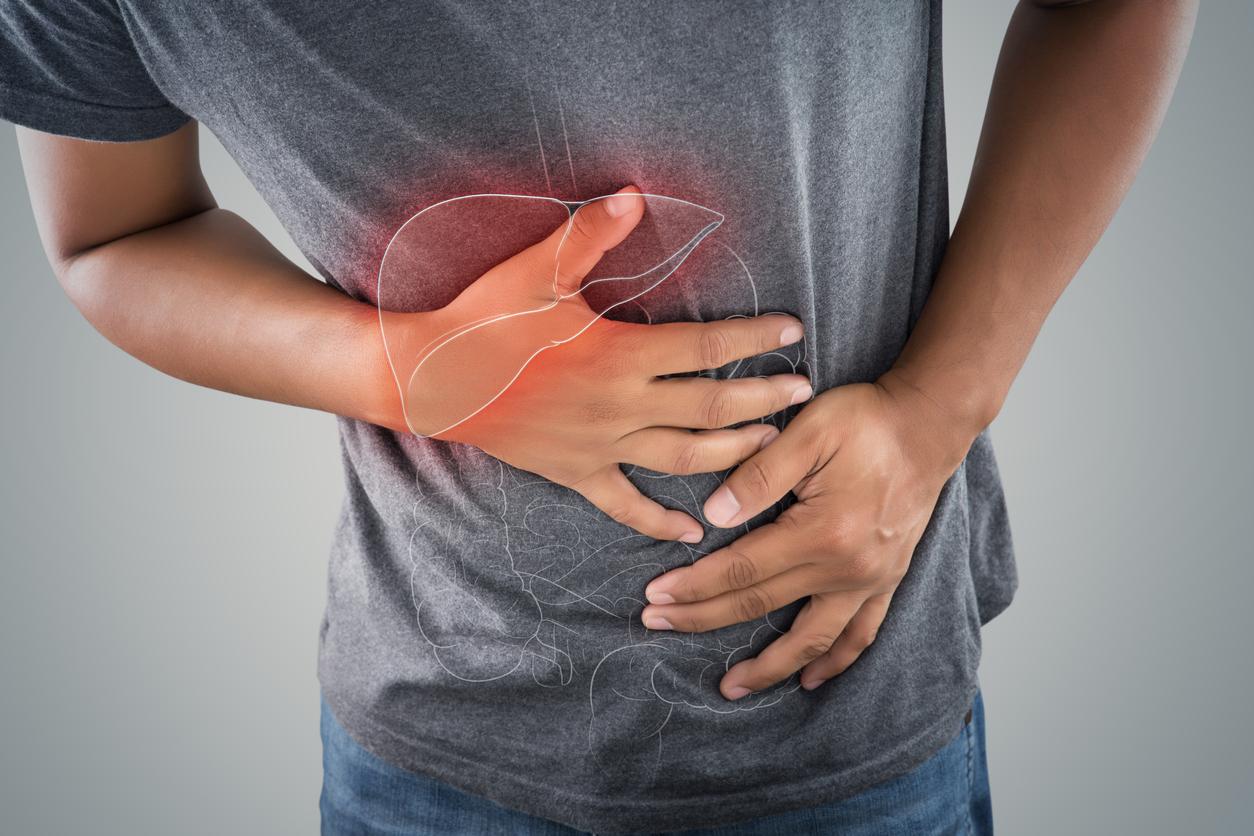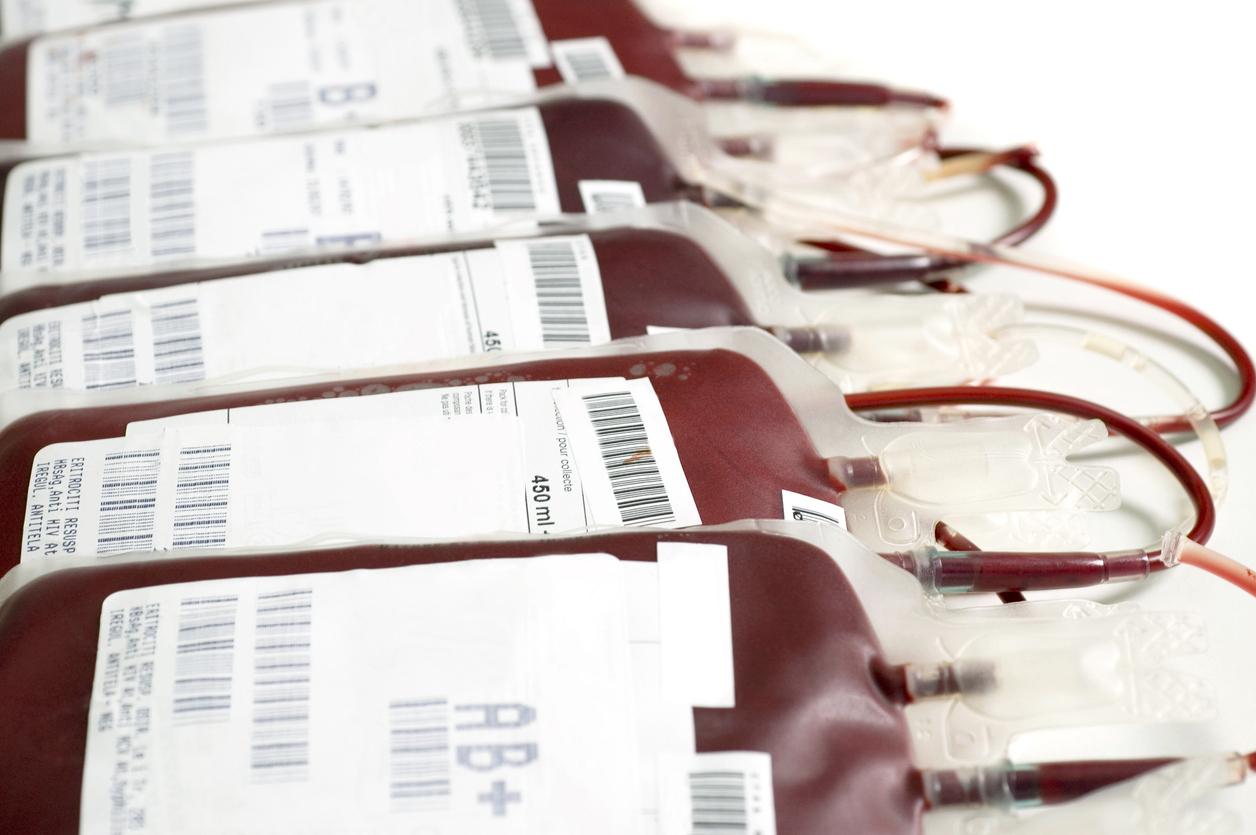By studying the clotting abilities of caterpillars, researchers are opening the door to new treatments and drugs for humans.

- Hemolymph is the equivalent of blood in insects. But, it has a very different composition.
- In particular, it has the property of stopping “bleeding” in caterpillars in a few seconds.
- A better understanding of caterpillar hemolymph could help develop new drugs for humans, researchers say.
Hemolymph – the equivalent of blood in insects – has a particular composition being devoid of, among other things, red blood cells, hemoglobin and platelets. On the other hand, it has a particularity that interests researchers: it coagulates very quickly.
Researchers wanted to understand the mechanisms of this phenomenon. Their discovery, presented in the journal Frontiers in Soft Matter on March 27, 2024, could have applications for human medicine.
Coagulation: “bleeding” stopped in a few seconds in caterpillars
“Here we show that the caterpillars of the tobacco hornworm (or Manduca sexta), can close their wounds in a minute. They do this in two stages: first, in a few seconds, their thin and aqueous hemolymph (similar to water ) becomes “viscoelastic” (or viscous), then it retracts towards the wound.says lead author Dr. Konstantin Kornev of Clemson University. “Then, the hemocytes (cells of the immune system present in invertebrates, Editor’s note) aggregate, starting from the surface of the wound and moving up to embrace the hemolymph film which ends up becoming a crust sealing the wound.”
The researchers further studied the flow properties of hemolymph by placing a 10-micrometer-long nickel nanorod into a fresh hemolymph droplet. They noticed that the substance goes from a low viscosity state to a viscoelastic fluid within seconds.
By observing the hemolymph of several insects under a microscope, researchers noticed differences between that rich in hemocytes of caterpillars and cockroaches on the one hand, and those of butterflies which contain little. While the droplets stretched to form bridges for the first two animals, this was not the case for the last.
“The transformation of hemolymph into a viscoelastic fluid appears to help caterpillars and cockroaches stop any bleeding, retracting dripping droplets back toward the wound within seconds”indicates the expert. “We conclude that their hemolymph has an extraordinary ability to instantly change its material properties. Unlike silk-producing insects and spiders, which have a special organ for making fibers, these insects can produce hemolymph filaments at any what a place when they are injured.”
Hemolymph: an inspiration to develop products that stop bleeding
Having a better understanding of coagulation mechanisms in insects could benefit human health by participating in the development of new drugs, according to the team of researchers.
“Our findings open the door to designing rapid thickeners of human blood. We don’t necessarily need to copy the exact biochemistry, but we should focus on designing drugs that can transform blood into a viscoelastic material that stops the bleeding. We hope that our results will help accomplish this task in the near future.”concludes Dr Konstantin Kornev in a communicated.
















